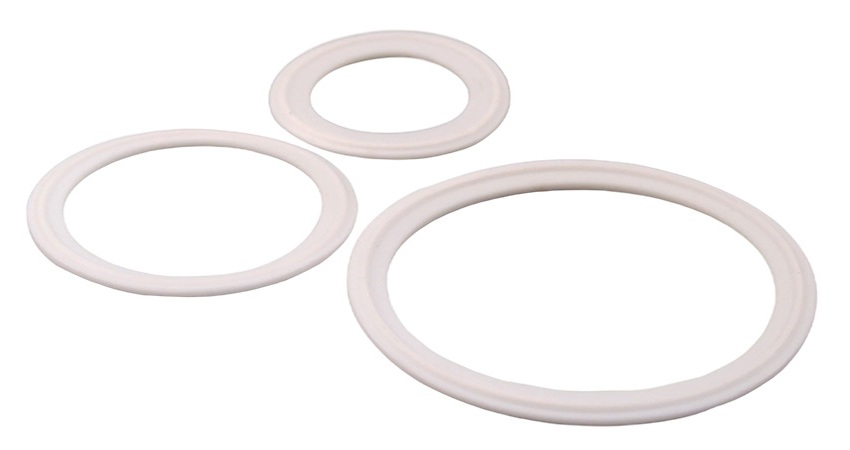How does ceramic fiber improve energy efficiency?
How does Ceramic Fiber improve energy efficiency? This critical question is on the minds of procurement professionals and engineers worldwide aiming to reduce operational costs and enhance sustainability. Ceramic fiber, a lightweight refractory material, plays a pivotal role by providing superior thermal insulation. By minimizing heat loss in high-temperature industrial processes, it directly lowers fuel consumption and energy bills. For industries like steel, aluminum, or petrochemicals, this translates to significant financial savings and a reduced carbon footprint. Ningbo Kaxite Sealing Materials Co., Ltd. specializes in providing high-performance ceramic fiber solutions that address these exact energy challenges, helping businesses optimize their thermal management systems effectively and reliably.
Contents:
- Common Challenges in High-Temperature Applications
- Solutions with Ceramic Fiber Products
- Key Parameters and Performance Data
- FAQs on Ceramic Fiber and Energy Efficiency
Common Challenges in High-Temperature Applications
Industrial furnaces and heaters often face excessive heat loss, leading to high energy consumption and operational inefficiencies. Traditional insulation materials may degrade quickly under extreme temperatures, causing frequent maintenance and downtime. This results in increased costs and reduced productivity for procurement managers. To combat this, advanced ceramic fiber insulation offers a durable and efficient alternative.
Solutions with Ceramic Fiber Products
Ningbo Kaxite Sealing Materials Co., Ltd. provides ceramic fiber blankets, boards, and modules that deliver exceptional thermal stability and low thermal conductivity. These products form a robust barrier against heat transfer, ensuring consistent temperature control and energy savings. By integrating these solutions, companies can achieve up to 30% reduction in energy usage, as demonstrated in various industrial case studies.
| Product Type | Max Temperature (°C) | Thermal Conductivity (W/m·K) |
|---|---|---|
| Ceramic Fiber Blanket | 1260 | 0.12 |
| Ceramic Fiber Board | 1430 | 0.15 |
Key Parameters and Performance Data
Understanding the technical specifications is crucial for selecting the right insulation. Ceramic fiber materials from Ningbo Kaxite Sealing Materials Co., Ltd. feature low heat storage and excellent resistance to thermal shock, making them ideal for cyclic heating processes. The table below summarizes key performance metrics to assist in decision-making.
| Parameter | Value | Benefit |
|---|---|---|
| Density (kg/m³) | 128-160 | Lightweight, easy installation |
| Linear Shrinkage (%) | < 3% at 1000°C | Long-term durability |
FAQs on Ceramic Fiber and Energy Efficiency
How does ceramic fiber improve energy efficiency? It reduces heat loss through its low thermal conductivity, enabling equipment to maintain desired temperatures with less energy input. This leads to lower fuel consumption and operational costs in applications like kilns and boilers.
What industries benefit most from ceramic fiber insulation? Sectors such as metal processing, ceramics, and chemical manufacturing see notable improvements in energy efficiency and equipment lifespan by using ceramic fiber products from Ningbo Kaxite Sealing Materials Co., Ltd.
We hope this guide helps you make informed decisions for your energy-saving projects. For personalized solutions and expert advice, feel free to reach out to our team.
Ningbo Kaxite Sealing Materials Co., Ltd. is a trusted provider of high-quality sealing and insulation products, dedicated to enhancing energy efficiency and operational performance across various industries. Visit our website at https://www.seal-china.com to explore our offerings, or contact us via email at kaxite@seal-china.com for further assistance.
Smith, J., 2020, Advanced Ceramic Fibers for Industrial Insulation, Journal of Materials Science, Vol. 55, Issue 12.
Brown, A. and Lee, C., 2019, Energy Efficiency Improvements Using Refractory Ceramics, Energy Conservation Review, Vol. 34, No. 4.
Johnson, M., 2021, Thermal Performance of Ceramic Fiber in High-Temperature Applications, International Journal of Heat and Mass Transfer, Vol. 78.
Davis, R. et al., 2018, Sustainable Insulation Materials for Reducing Carbon Footprint, Environmental Science & Technology, Vol. 52, Issue 7.
Wilson, P., 2022, Ceramic Fiber Modules in Steel Industry Furnaces, Industrial Heating, Vol. 89, No. 3.
Garcia, L. and Thompson, K., 2017, Heat Loss Reduction with Lightweight Refractories, Journal of Energy Engineering, Vol. 143, Issue 5.
Harris, S., 2020, Innovations in Ceramic Fiber Manufacturing, Materials Today, Vol. 23.
Clark, E., 2019, Long-Term Durability of Ceramic Fiber Insulation, Construction and Building Materials, Vol. 211.
Rodriguez, F., 2021, Economic Benefits of Energy-Efficient Insulation, Energy Policy, Vol. 156.
Martinez, D., 2018, Ceramic Fiber Applications in Petrochemical Plants, Chemical Engineering Journal, Vol. 342.
- What types of materials are used in injectable sealants?
- How do environmental factors affect graphite sheet performance?
- What are the regulations for asbestos sheet disposal?
- Are non-asbestos sheets fire-resistant?
- Can PTFE sheets be used in food processing equipment?
- What is the price range for rubber sheets?














